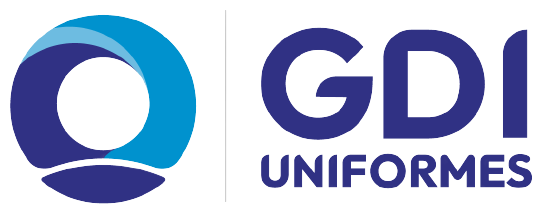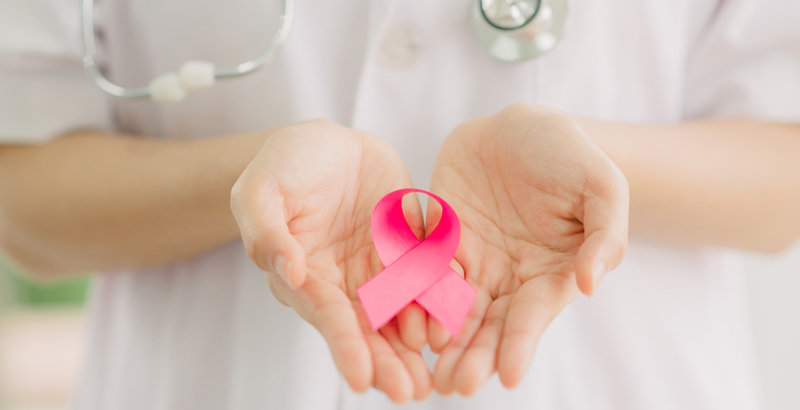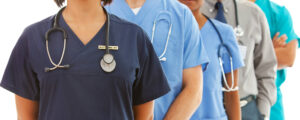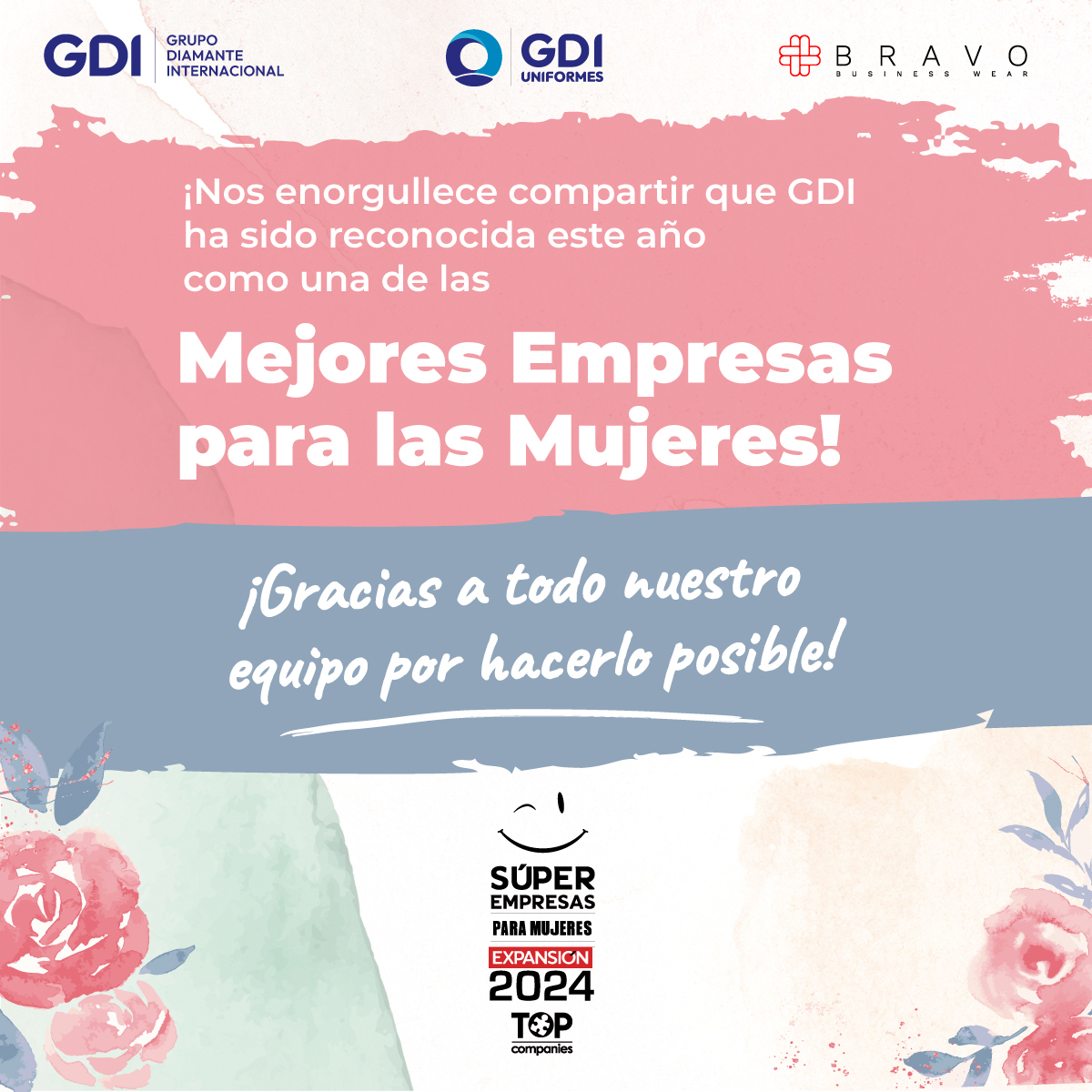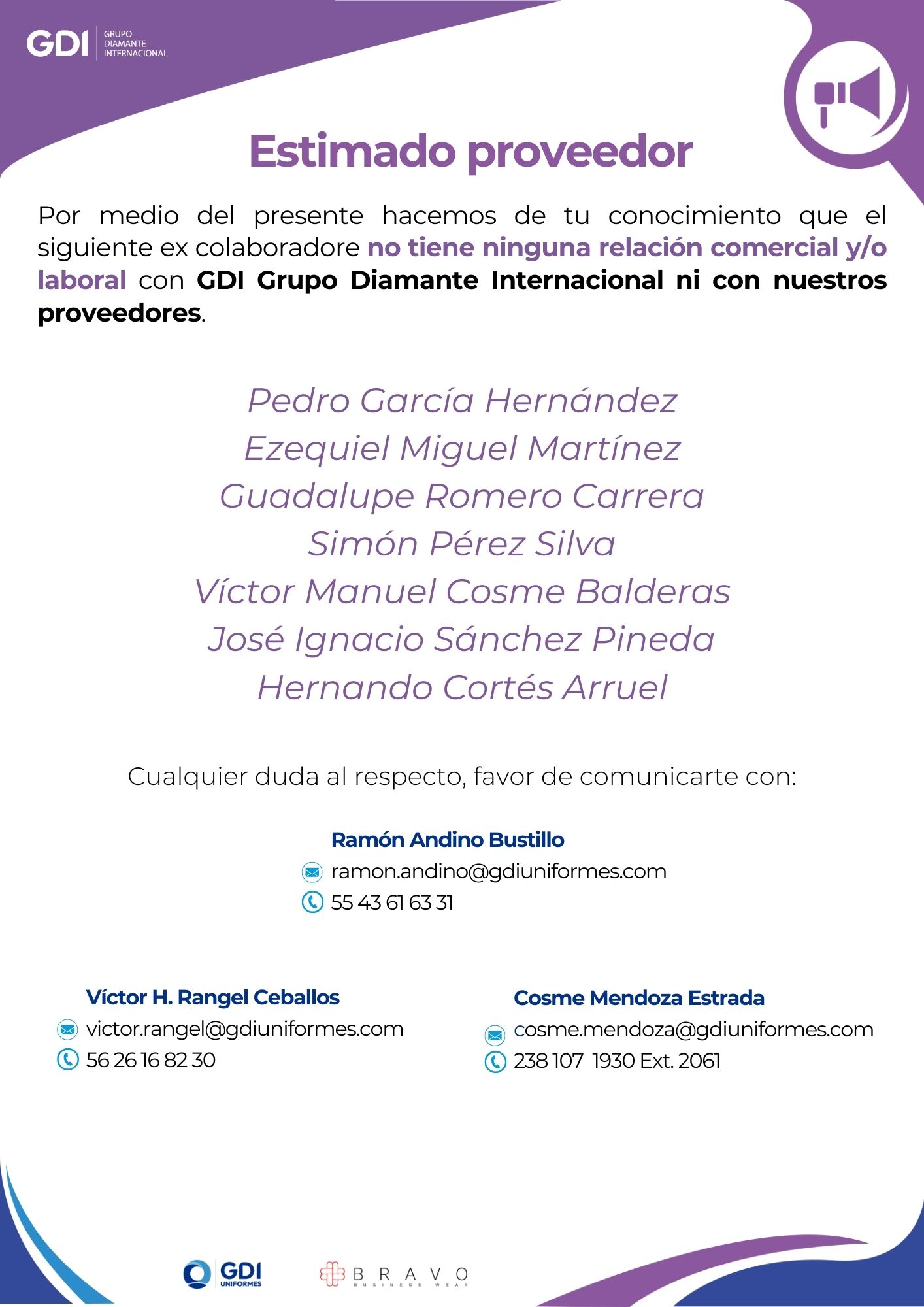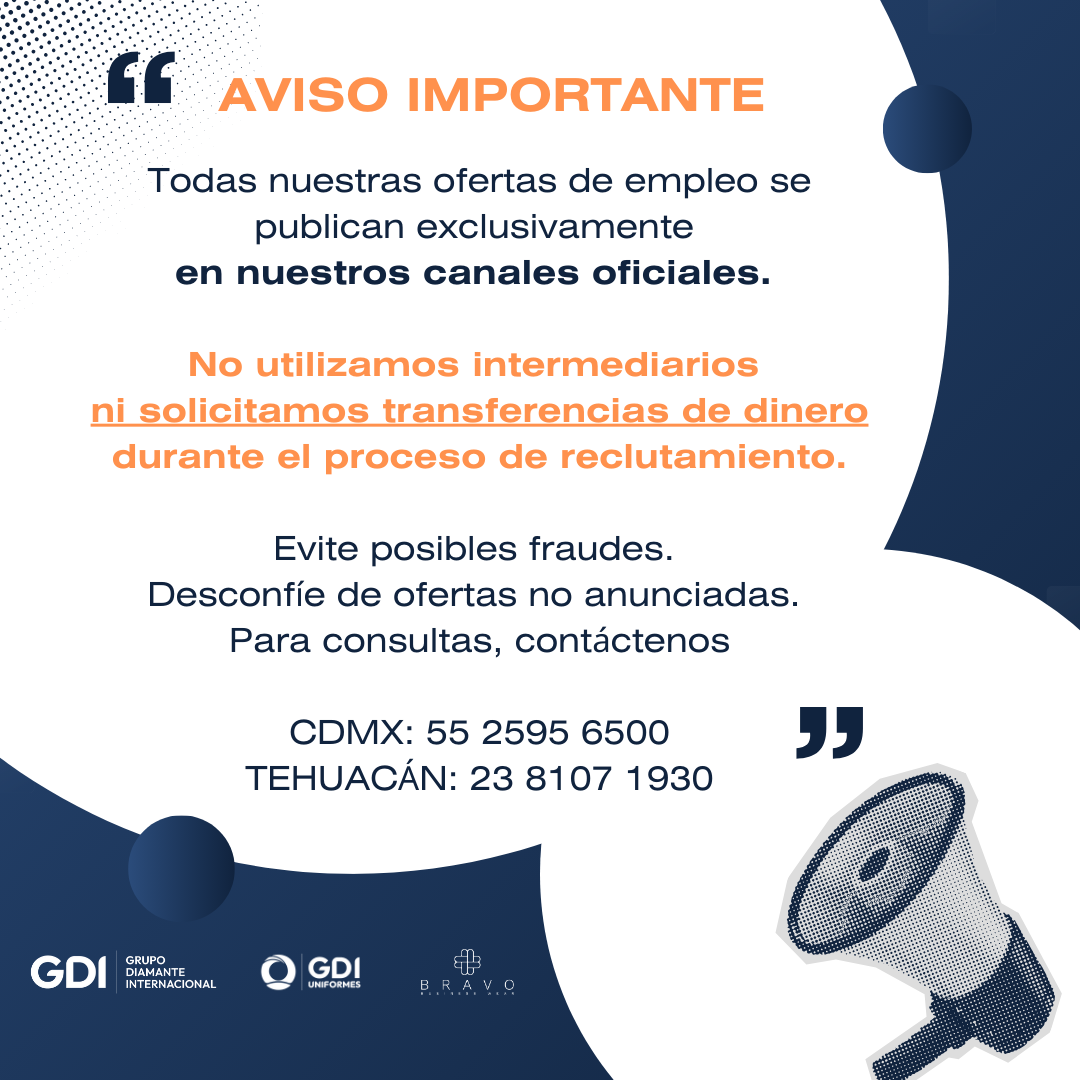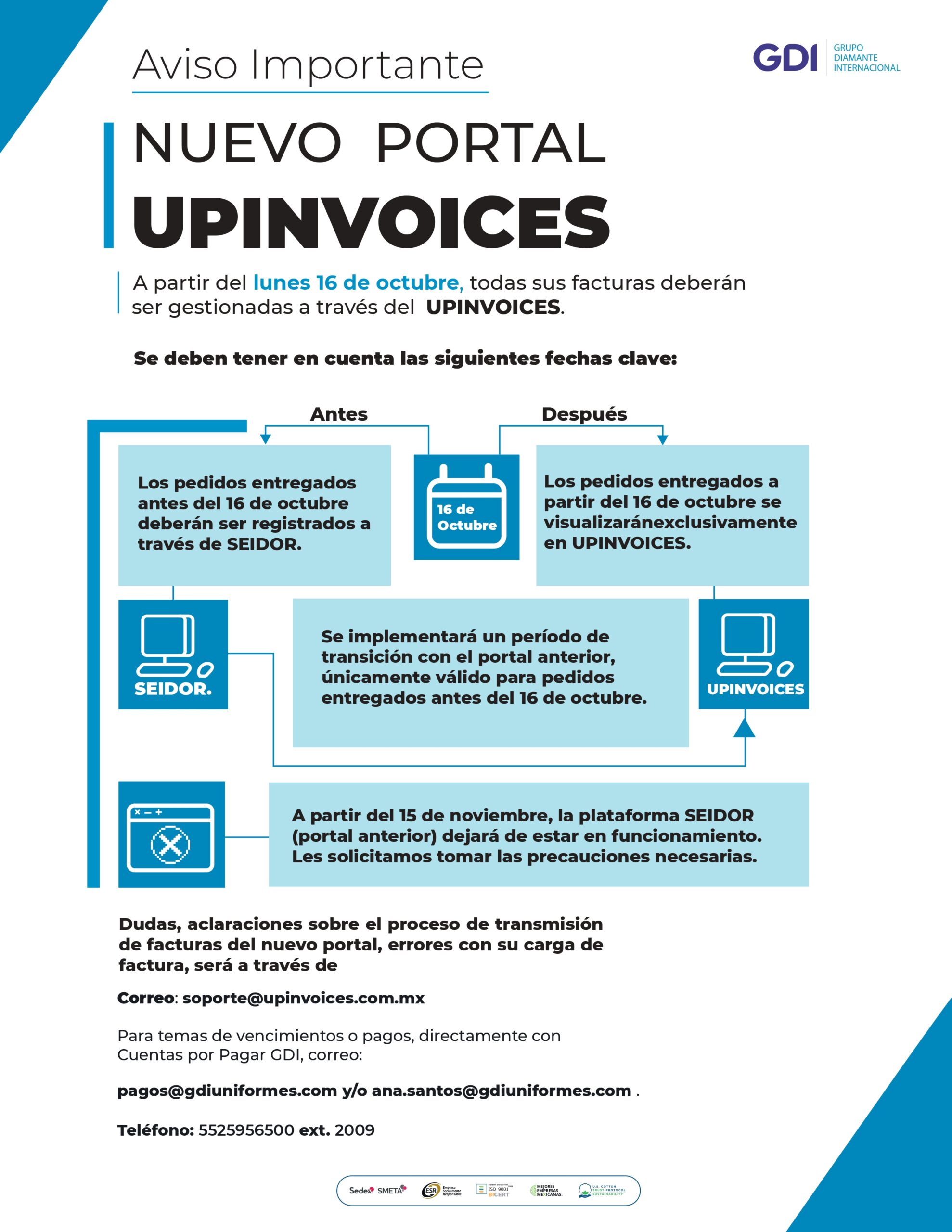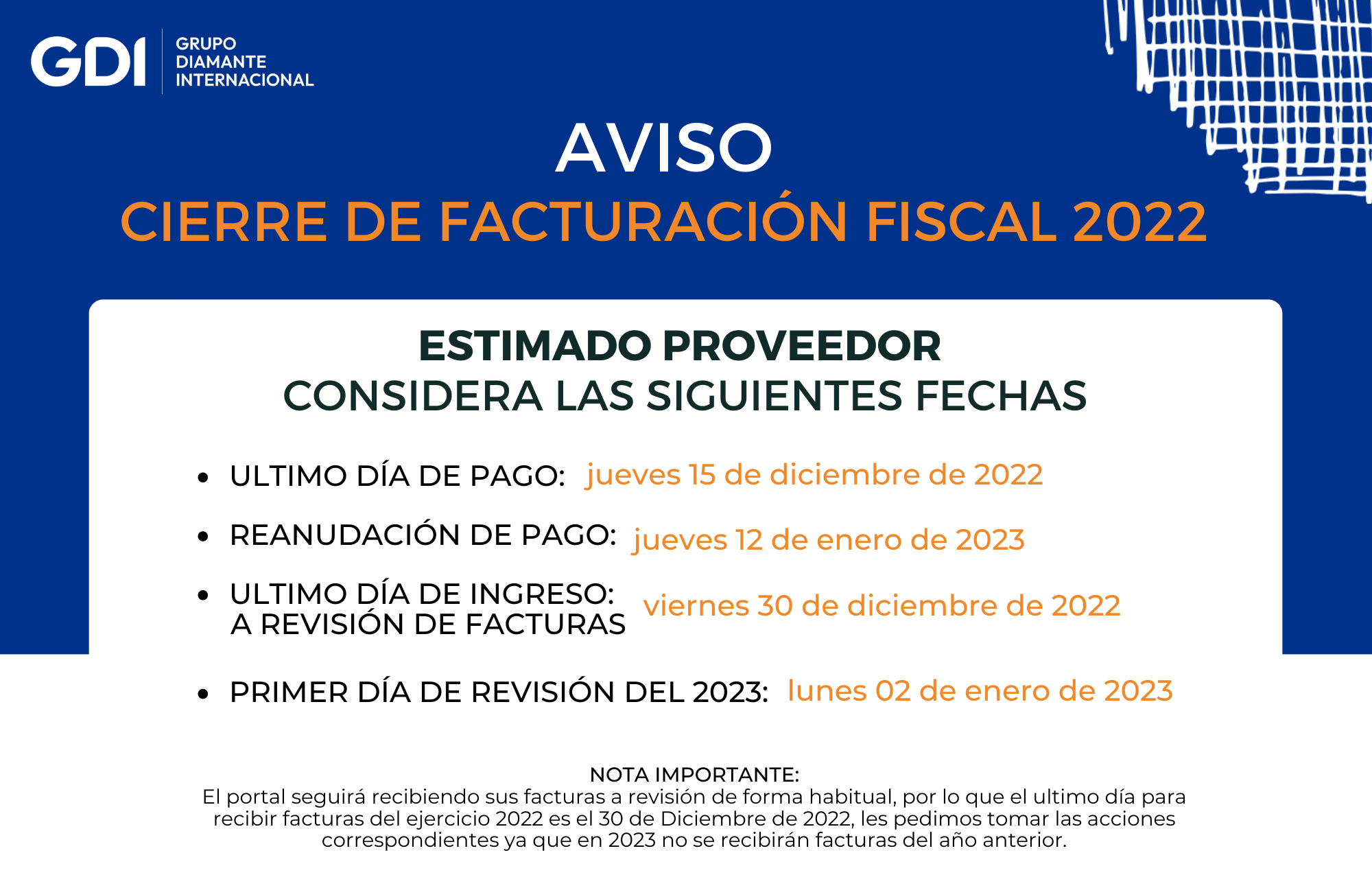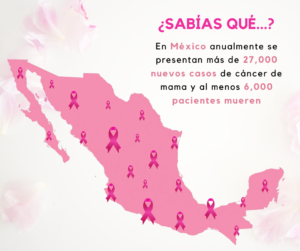
- Hacerse mayor. El riesgo de cáncer de mama aumenta con la edad; la mayoría de los cánceres de mama se diagnostica después de los 50 años de edad.
- Mutaciones genéticas. Cambios (mutaciones) heredados en ciertos genes, tales como en el BRCA1 y el BRCA2. Las mujeres que han heredado estos cambios genéticos tienen mayor riesgo de presentar cáncer de mama y de ovario.
- Historial reproductivo. Inicio temprano de la menstruación antes de los 12 años de edad y comienzo de la menopausia después de los 55 años de edad exponen a las mujeres a hormonas por más tiempo, lo cual aumenta el riesgo de cáncer de mama.
- Tener mamas densas. Las mamas densas tienen más tejido conjuntivo que tejido adiposo, lo cual, a veces, puede hacer difícil la detección de tumores en una mamografía. Las mujeres con mamas densas tienen más probabilidades de tener cáncer de mama.
- Antecedentes familiares de cáncer de mama o cáncer de ovario. El riesgo de una mujer de tener cáncer de mama es mayor si su madre, una hermana o una hija (parientes de primer grado) o varios integrantes de la familia por el lado paterno o materno han tenido cáncer de mama o cáncer de ovario. Tener un pariente de primer grado de sexo masculino con cáncer de mama también aumenta el riesgo para la mujer.
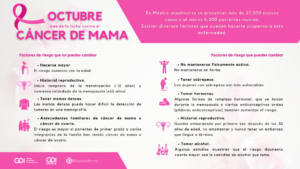
Factores de riesgo que pueden cambiar
- No mantenerse físicamente activa. Las mujeres que no se mantienen físicamente activas tienen un mayor riesgo de tener cáncer de mama.
- Tener sobrepeso o ser obesa después de la menopausia. Las mujeres mayores que tienen sobrepeso o que son obesas tienen mayor riesgo de tener cáncer de mama que las que tienen un peso normal.
- Tomar hormonas. Algunas formas de terapia de remplazo hormonal (aquellas que incluyen tanto estrógeno como progesterona) que se toman durante la menopausia pueden aumentar el riesgo de cáncer de mama si se toman por más de cinco años. Ciertos anticonceptivos orales (píldoras anticonceptivas) aumentan el riesgo de cáncer de mama también.
- Historial reproductivo. Quedar embarazada por primera vez después de los 30 años de edad, no amamantando y nunca tener un embarazo que llegue a término puede aumentar el riesgo de cáncer de mama.
- Tomar alcohol. Algunos estudios muestran que el riesgo de la mujer de tener cáncer de mama aumenta cuanto mayor sea la cantidad de alcohol que tome.
Para reducir el riesgo de padecer cáncer de mama, se recomienda:
- Practicar la lactancia materna por más de 12 meses.
- Consultar a su médico sobre el uso de anticonceptivos orales.
- Llevar una dieta rica en frutas y vegetales por su alto contenido de vitaminas, minerales, fibra y antioxidantes.
- Reducir al mínimo el consumo de grasas, azúcar y alcohol.
- Mantener un peso adecuado.
- Realizar actividad física al menos 30 minutos al día.

Para lograr un diagnóstico temprano y aumentar la sobrevida, es importante realizar:
- Autoexploración de las mamas a partir de los 20 años, al menos una vez al mes.
- Realizar mastografía cada dos años en mujeres mayores de 40 años.
- Realizar mastografía en mujeres menores de 50 años con antecedentes familiares de cáncer de mama.
Sin duda alguna, se requieren de grandes esfuerzos para lograr una respuesta social organizada y afrontar el cáncer de mama como problema de salud pública, a fin de mejorar la calidad de vida de las mujeres mexicanas.
